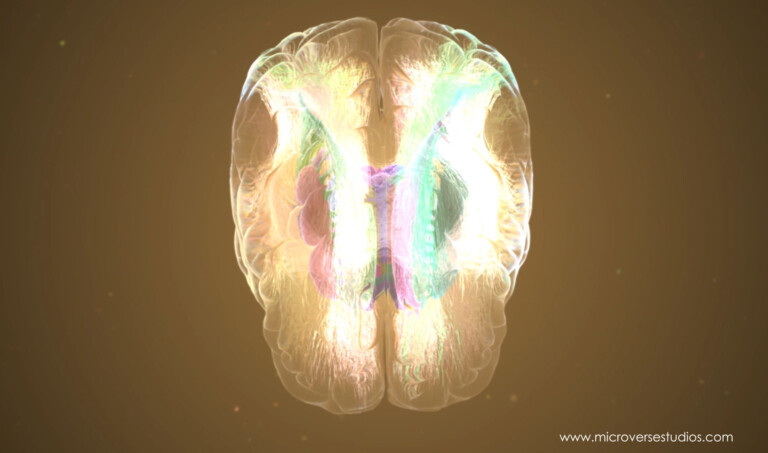
The brain is a tricky machine to hack, but there are ways to optimize a medical animation to reach deep into the minds of viewers. To do this, one needs to understand how the brain absorbs information.
Someone once told me never to trust animation companies that charge per-minute for animation, that they would make the animation artificially longer to pad the budget.
This surprised and appalled me– because whoever told them this obviously did not know about the cognitive requirements for making a successful animation. Worse yet, someone might have actually experienced this intentional sabotage of the effectiveness of their animations for short-term gain.
In Medical Animation, Pacing is Critical
In my experience, good storytelling (and all scientific animation boils down to storytelling) depends not only what’s being told, but how fast it goes by.
To generate the proper mental state, a story has to move at exactly the right pace. For example, action and comedy are often mile-a-minute fast, while drama and tragedy are slower paced. With scientific animation, the audience must be given the opportunity to do two things:
1) understand the content of the scene, (the visual facts being conveyed), and then
2) put it in context with the larger story being told.
Both must happen for the information to be remembered, and yet the audience must never be allowed to get bored. If we do it right, then the animation leaves a lasting and returning memory in the viewer. We want our audiences to dream about our animations.
The 10-Second Rule
It turns out there are limits on how fast all this can take place and still load all of the information into the viewer’s working memory to be parsed with the rest of the story. This “loading time” represents the critical minimum amount of time a visual sequence should be on the screen.
Specific numbers for this duration remain scientifically speculative, but at Microverse Studios we’ve found that scenes seem to zip past too quickly if they are under 8 seconds and are easily forgotten. Conversely, when scenes are over 12 seconds with no new visual information, they have a tendency to drag (no matter how beautiful we make them).
When that happens, you run the risk of making the audience wonder if the rest of the animation will be just as boring, and then have them fast-forward or, worse yet, click away.
We want our audiences to dream about our animations, but we don't want them to actually fall asleep.
Three Minutes Til Naptime
Finally, when a medical animation breaks the 3 minute mark, the audience begins to wonder whether they really want to commit all that time in the first place. Therefore, it is important to be concise with the message.
At Microverse Studios, we tailor our scripts to allow just the right amount of time for each sequence to be absorbed. In English, narration is read at two words per second. That means we can predict at the script phase what the duration of any given segment will be, and we can make sure there is no “dead air” while the imagery plays out before the audience.
There are occasional exceptions to the 10-second rule, particularly in the case of exposition (narration that can’t be animated well, such as lists or value statements), but even in those cases we have tricks to keep the visual parts of the brain stimulated while the auditory centers churn away on the information.
The key takeaway from this is that brevity may be important, but timing is everything.

